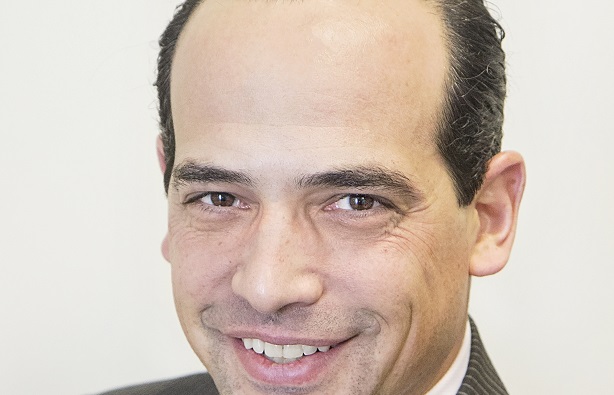Los Angeles, CA–2018 was a good year for the major commercial real estate asset classes. The recently released CBRE 2019 Real Estate Market Outlook report anticipates that, minus unexpected economic downturns, the US economy will continue to generate solid growth, amounting to a 2.7% gain in gross domestic product, and benefiting all sectors.
Recommended For You
“2018 was a positive surprise in terms of overall GDP growth,” says Spencer Levy, Chairman of Americas Research and Senior Economic Advisor, CBRE. “Job growth has also trended up nicely with additional stimulus thru the tax plan and attitudinally, consumers and businesses are positive.”
When it forecasted the economic health for 2019 CBRE looked at two factors: the interest rate environment and trade. While inflation has increased, it is still manageable thus CBRE's analysis that the interest rate environment will remain positive. Regarding trade, there is a high likelihood that the US and China will improve their relationship since both countries have too much to lose to come up with a bad deal or no deal, Levy tells GlobeSt.com
“In addition to China, other countries such as Canada and Singapore are planning on investing into more American markets resulting in international capital flowing into the country and thus making 2019 a very good year,” observes Levy.
Strong Transaction Levels
A healthy investment volume in 2019 should equal the strong transaction levels of 2018, CBRE also predicts. Due to slowly rising bond rates, borrowing costs may ease up but the amount of equity available for real estate investments should, for the most part, keep cap rates low and support the accompanying transaction volume.
The 2019 outlook for multifamily housing is good. There are, however, some signs of overbuilding in Class A assets and a shortage of Class B and C workforce housing.
“Investors may need to expand their palate and focus on the one sector likely to generate rent gains, and subsequently investor interest, workforce housing,” says Levy. “Workforce demand will remain strong as the costs of homeownership – prices, borrowing costs and availability – remain relatively restrictive.”
© Touchpoint Markets, All Rights Reserved. Request academic re-use from www.copyright.com. All other uses, submit a request to [email protected]. For more inforrmation visit Asset & Logo Licensing.







